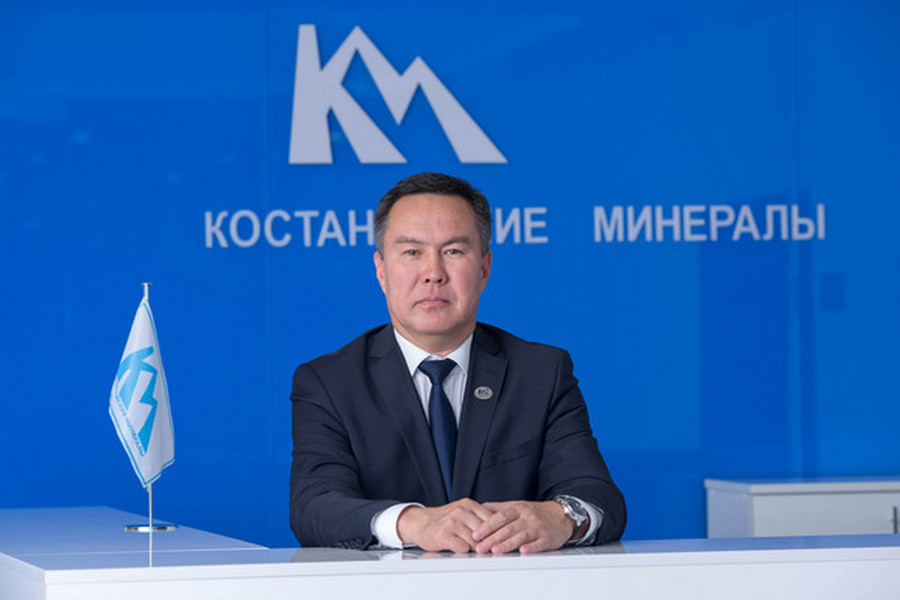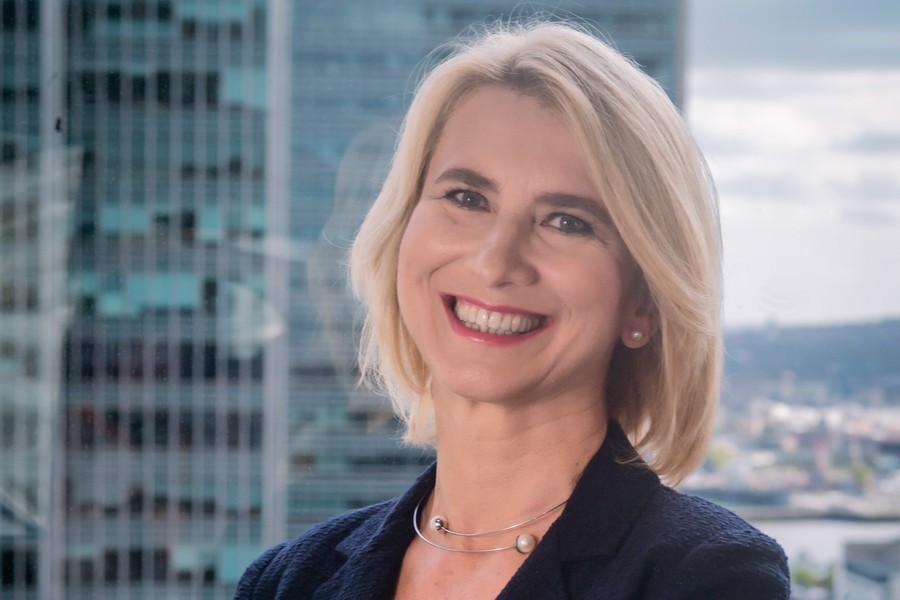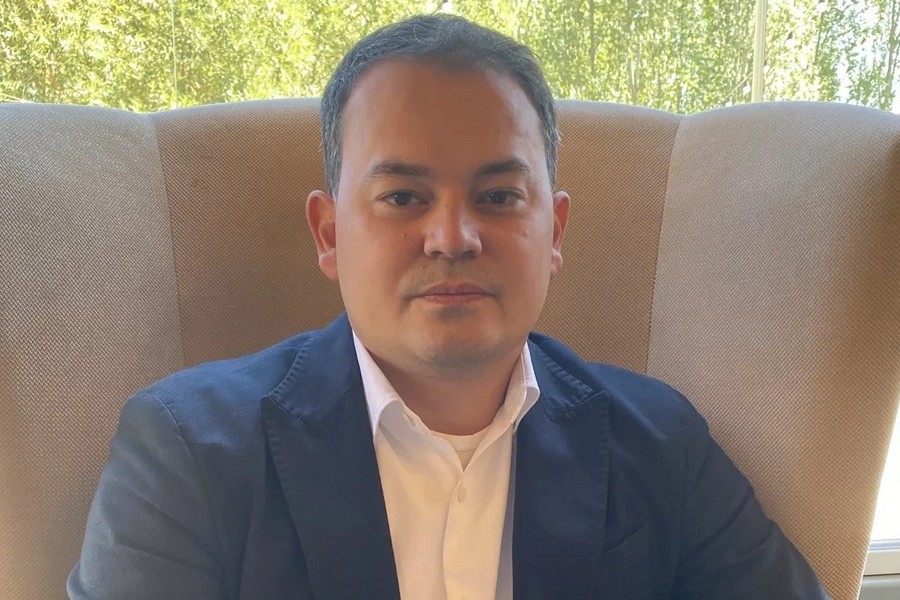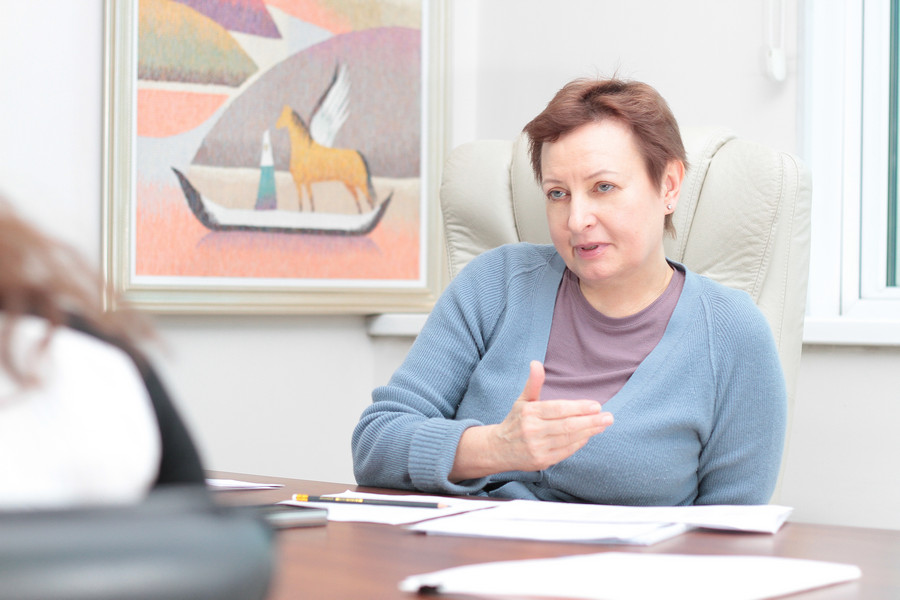JSC Kostanai Minerals Technical Director Aibol SMAGULOV:
WE ARE DIVERSIFYING OUR PRODUCTION

Kostanai Minerals, which is the only producer of chrysotile in Kazakhstan, is now focused on diversification of production, expansion of output and sales. Technical Director Aibol SMAGULOV told Interfax-Kazakhstan about the company’s midterm plans.
- Your company survived the crisis of 2015-2016. The market is now stable and you have increased the output. What is the company’s current performance?
- The current situation in the market is stable. This year has seen an increase in demand for chrysotile and, consequently, in supply, too. In the first half of 2018, we produced 108,000 tonnes of chrysotile compared with 99,000 tonnes in the same period of the last year.
We are now working on improvement of all business processes, equipment efficiency, personnel productivity and technical performance.
- What about the sales?
- Kostanai Minerals is an export-oriented company. We mainly export our products to non-CIS countries like China, India and Sri Lanka. The sales to the CIS states - Uzbekistan, Ukraine, Tajikistan, Azerbaijan, Kyrgyzstan and Kazakhstan – are now on the increase.
- What is the output target for this year?
- In 2018, the expected volume of production will be 200,000-210,000 tonnes. This is compared with the last year’s output of 193,000 tonnes. Today we can see an increase in global demand for chrysotile.
- Are there any new projects ongoing? What projects do you plan to carry out in the future?
- We have adopted a five-year roadmap for technical modernization. Every year we implement a number of projects and continue to invest in industrial and innovation projects. This year, we plan to introduce a software to keep records of equipment maintenance and repair. This system will allow us to reduce downtime. We are also optimizing the stock management processes.
Digitalization is one of our key priorities. In the long term, we plan to carry out such projects as a digital factory, a digital mining, digital services and a digital office.
Our other priority directions include the control of production processes and operations (visualization of processes), introduction of automated process control systems and automated maintenance and repair systems, development of mechanical earth models of our deposits, survey of pits and industrial facilities with the help of unmanned aerial vehicles, development of 3D models of all our infrastructure, and many others.
We also launched production of asphalt-concrete mixtures, EcoTop stabilizer, mineral powder, cubiform crushed stone. For instance, the use of chrysotile in road construction increases the service life of roads to 25 years from 10 years.
We plan to expand our sales and increase the production. Our diversification directions are still focused on construction of residential buildings and production of materials for road and housing construction.
- What problems does the company face today?
- It's no secret that the global anti-asbestos campaign does affect us. We continue struggling for the right to produce, use and export chrysotile asbestos. Today, many European and American media, which spread “sensational” news stories about dangers of asbestos, somehow keep silent about the fact that asbestos is the commercial name for the group of fibrous minerals. In fact, there are two types of asbestos: chrysotile and amphibole that are absolutely different in their mineralogical structure. For example, fibers of amphibole asbestos, when breathed in, get trapped in the lungs, while the soft elastic chrysotile fibers dissolve easily in the body that removes them within two weeks maximum.
I would like to draw your attention to the fact that amphibole asbestos was never used in the USSR or the East European countries for a simple reason that there are no amphibole deposits there. Today, Kazakhstan, Russia, Ukraine, Uzbekistan, Kyrgyzstan, Tajikistan and other CIS countries only use chrysotile asbestos.
Our natural mineral, chrysotile, has been mined and used for a very long time and today over 3,000 types of goods and materials are made of chrysotile. If this material were hazardous, this fact would have been long discovered. For instance, over half the existing buildings in Kazakhstan have roofs covered with asbestos cement corrugated boards.
Our company monitors all possible hazardous factors in the production facilities. We have a laboratory that monitors the content of dust and hazardous substances in the air inside the shops. There is a series of measures in place to prevent chrysotile dust from getting into the air. Every year we invite specialists from the National Center of Occupational Health and Occupational Diseases to conduct a thorough medical examination of our employees. Despite the scandalous statements made by Western activists, no negative health impact from chrysotile have been found in either Kazakhstan or the other countries that produce and use chrysotile asbestos.
We are optimistic about the future of chrysotile asbestos. The industry revived thanks to the support of the government and Kazakhstan’s continued efforts to promote chrysotile asbestos in the international arena. In 2017, chrysotile asbestos was not listed by the Rotterdam Convention, which gives a strategic perspective to the chrysotile industry in Kazakhstan and the whole world.
- Thank for your time!
July, 2018
© 2025 Interfax-Kazakhstan news agency
Copying and use of these materials without reference to the source is prohibited
Archive





